Project-based learning: Why we should embrace it for education
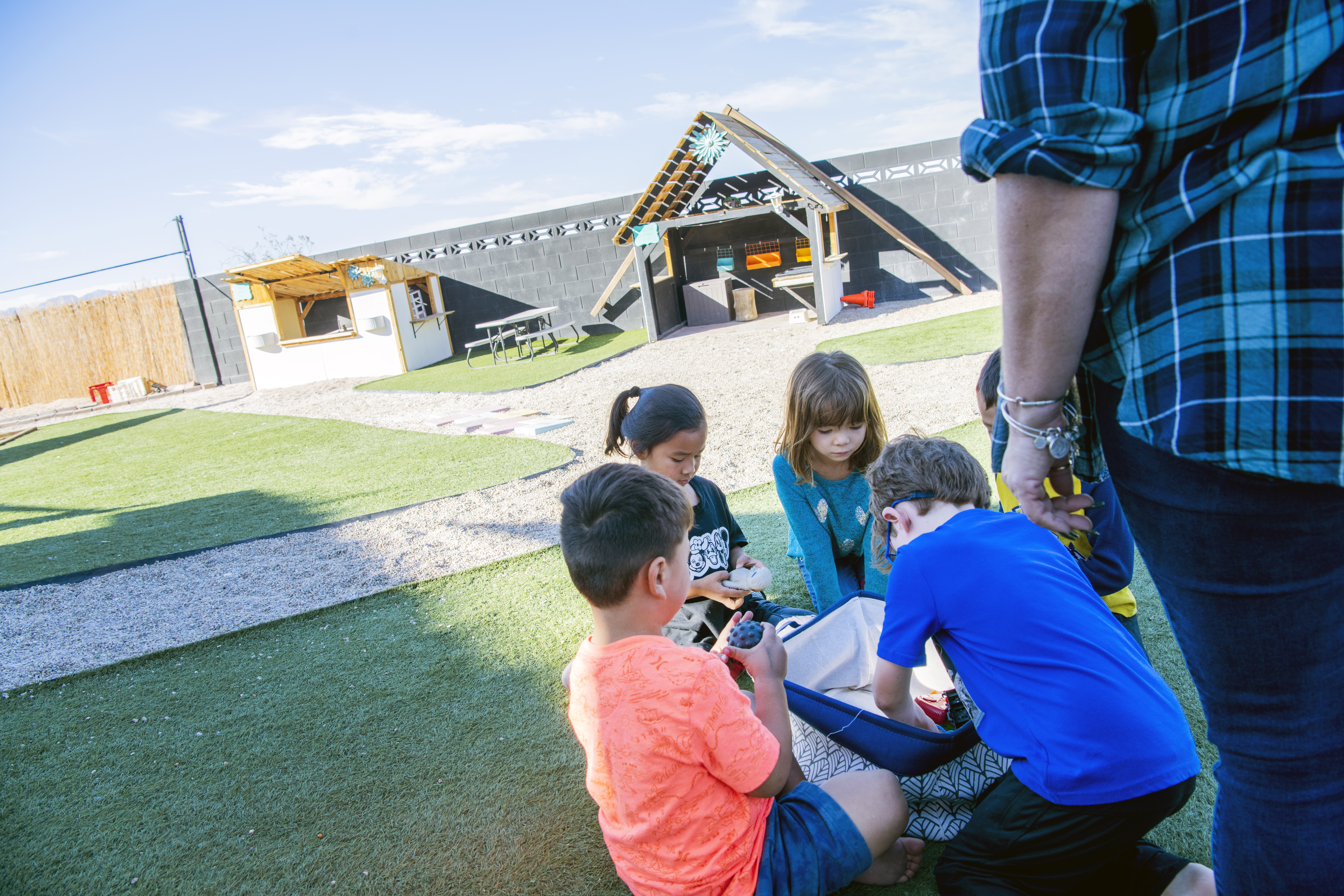
Project-based learning (PBL) is a game-changing approach that is reshaping the educational landscape. It’s a shift from the traditional one-size-fits-all model to a more student-centered, collaborative, and real-world-oriented mode of learning. This innovative approach not only enhances students’ academic achievements but also empowers them with lifelong skills. In essence, project-based learning is a catalyst for empowering education.
What is project-based learning?
Project-based learning is a pedagogical approach that emphasizes learning through active exploration of real-world and personally meaningful projects. Rather than being confined to the passive absorption of knowledge, students are encouraged to take the reins of their learning process, delve into their interests, and work collaboratively to solve complex problems.
This hands-on, multi-faceted learning strategy recognizes and respects each learner’s individuality and potential. By prioritizing student autonomy and engagement, PBL fosters a learning environment where creativity, curiosity, and critical thinking thrive.
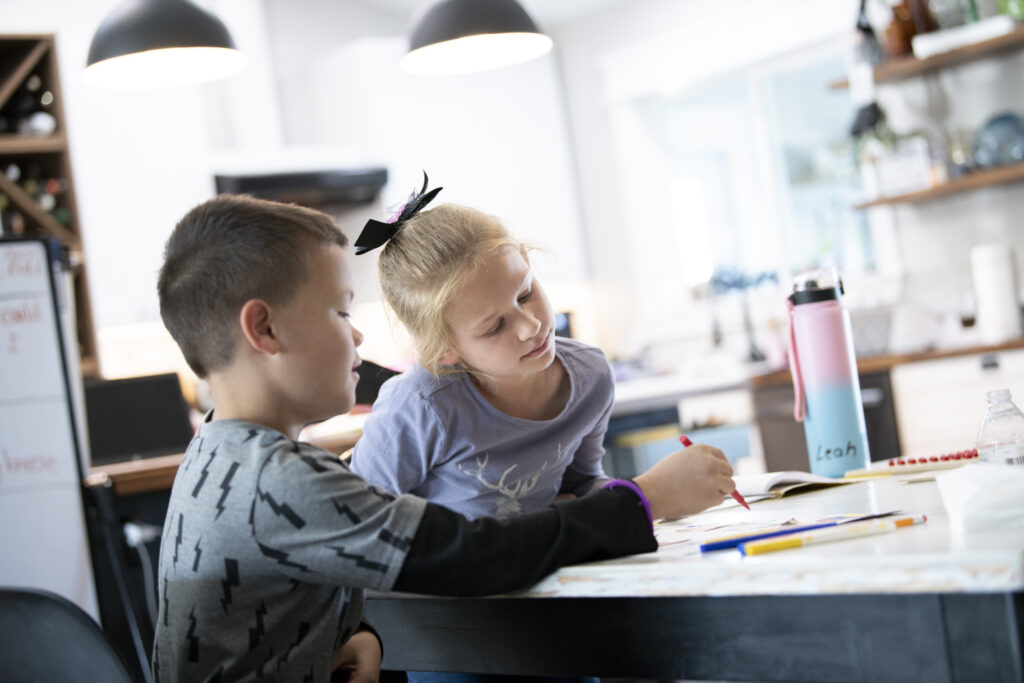
Key elements of project-based learning
Project-based learning is characterized by several key elements that differentiate it from traditional teaching methods:
- Students’ voice and choice: In PBL, students have a significant role in shaping their learning journey. They are given the autonomy to choose the topics of their projects, the methods of investigation, and the means of presentation. This sense of ownership boosts their motivation and engagement in the learning process.
- Real-world connection: PBL projects are typically grounded in real-world issues or problems. This real-world relevance makes learning more meaningful and applicable for students, preparing them for the challenges and opportunities beyond the classroom.
- Collaborative learning: PBL encourages collaboration among students, fostering a sense of community and mutual respect. Through collaborative work, students learn to communicate effectively, negotiate differences, and work towards common goals.
- Reflective process: Reflection is a critical component of PBL. Throughout the project, students are encouraged to reflect on their learning process, evaluate their progress, and make necessary adjustments. This reflective process promotes self-awareness and continuous improvement.
- Public product: PBL culminates in a public product or presentation. This could be a physical artifact, a digital creation, or a public presentation. The public nature of the product motivates students to produce high-quality work and provides them with a sense of accomplishment.
The Learning Outpost: A project-based learning example
One example of project-based learning in action is seen at The Learning Outpost, a microschool based in Las Vegas, Nevada. Founded by Felicia Wright, The Learning Outpost abandons the traditional education model for a more hands-on, project-based learning approach.
At The Learning Outpost, students’ curiosity is ignited as they engage in projects that resonate with their interests. From purifying water using a solar still to planting gardens with the Nevada 4-H club, students at The Learning Outpost learn by doing. This approach allows them to work within their strengths, explore different learning styles, and gain confidence in their abilities.
The Learning Outpost is a testament to the transformative power of project-based learning. It illustrates how PBL can foster a love of learning, promote student engagement, and prepare learners for real-world challenges.
Types of project-based learning approaches
Project-based learning can take many forms, depending on the objectives, resources, and context of learning. Here are a few types of PBL approaches:
- Problem-based learning: In this approach, students work in teams to solve a real-world problem or challenge. The problem serves as a driving force for learning, prompting students to research, brainstorm solutions, and implement their ideas.
- Design-based learning: This approach involves students in designing a product, system, or process to meet a specific need. Design-based learning promotes creativity, critical thinking, and iterative problem-solving.
- Inquiry-based learning: In this approach, students pose questions, problems, or scenarios rather than simply receiving pre-determined facts. They then investigate these inquiries, gather and analyze data, and draw conclusions based on their findings.
- Place-based learning: This approach utilizes the local community and environment as a starting point for learning. Students engage in projects that explore the local history, culture, ecology, or issues, fostering a sense of place and community engagement.
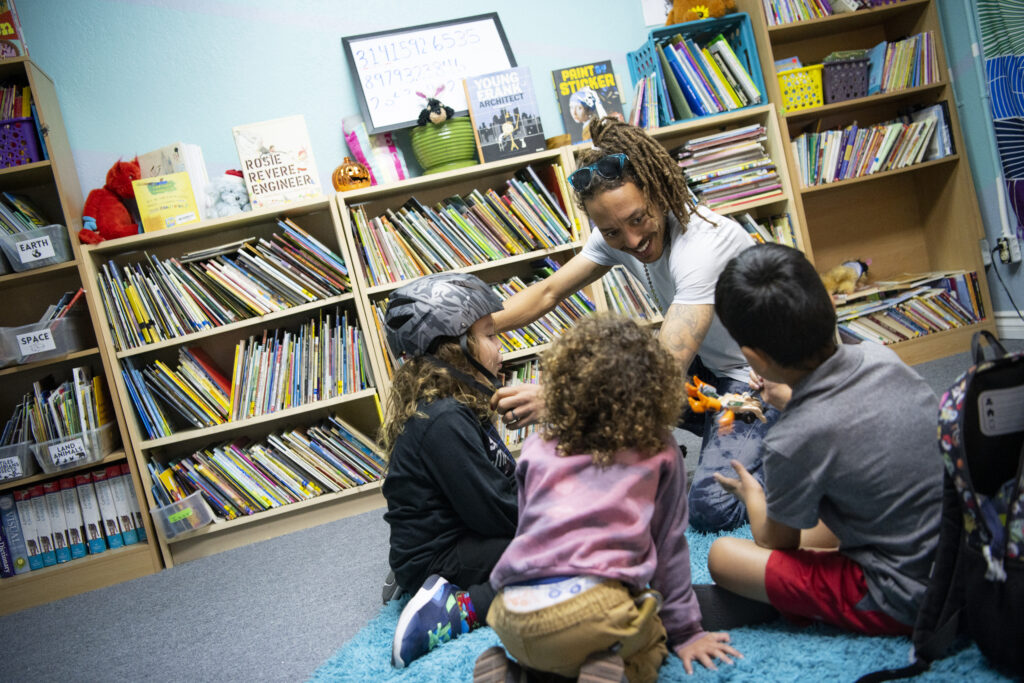
Why embrace project-based learning?
The traditional education system, with its standardized curriculum and testing, often falls short in catering to the unique needs and potential of each student. Project-based learning emerges as a promising alternative, offering several distinct advantages:
- Engagement and motivation: PBL projects are student-driven and connected to real-world contexts, making learning more engaging and relevant for students. This naturally boosts their motivation and investment in the learning process.
- Development of 21st century skills: PBL fosters skills such as critical thinking, problem-solving, collaboration, and communication. These are vital skills for success in the 21st-century workforce.
- Deeper learning: PBL encourages students to delve deeper into topics, ask probing questions, and make connections across disciplines. This leads to a deeper understanding of the subject matter.
- Personalized learning: PBL allows for personalized learning experiences that cater to each student’s interests, strengths, and learning styles.
Innovators pioneering project-based learning
Several innovative educators and organizations are at the forefront of integrating project-based learning into the K-12 education system:
- Bloom Academy: This school integrates character development into their curriculum, using project-based learning to help students build a robust sense of self.
- Electric Girls: This program uses project-based learning to empower young women in STEM subjects, offering hands-on learning experiences and mentorship within a supportive community.
- One Stone School: This student-run school allows students to design a flexible, personalized curriculum based on their unique interests, using project-based learning as a key strategy.
These pioneers are challenging the status quo and showing how project-based learning can transform education.
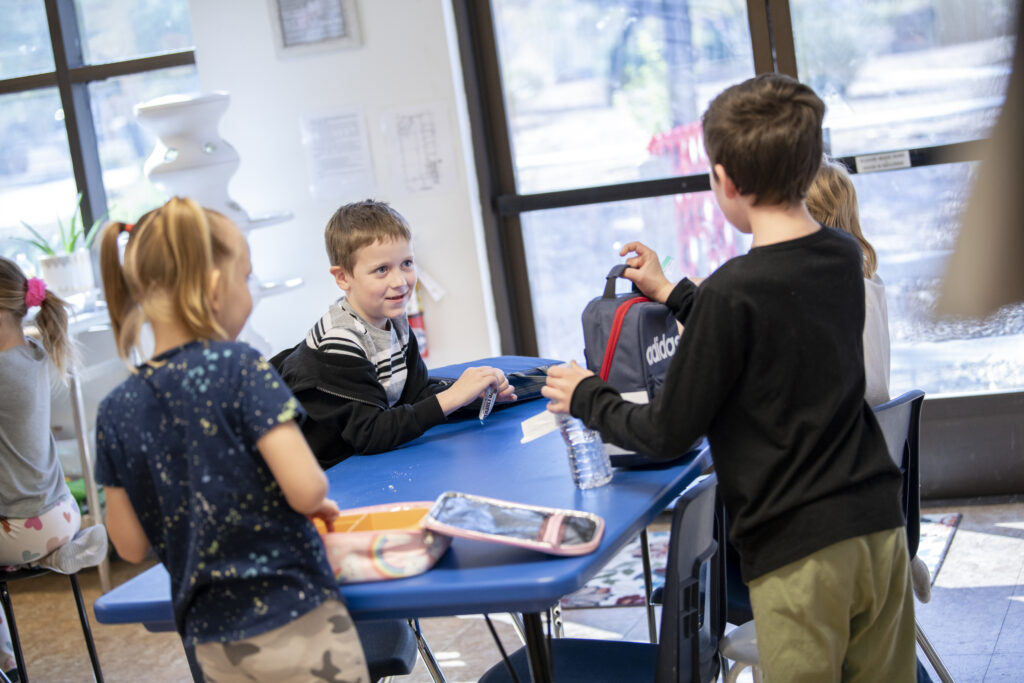
Technology: A catalyst for project-based learning
Technology plays a critical role in facilitating project-based learning. It offers a plethora of tools and resources that can enhance the PBL experience, from project management tools and digital collaboration platforms to online research databases and interactive learning apps.
Moreover, technology can provide students with real-time feedback, track their progress, and personalize their learning experience. It equips teachers with data-driven insights, enabling them to tailor instruction to each student’s needs and monitor their progress effectively.
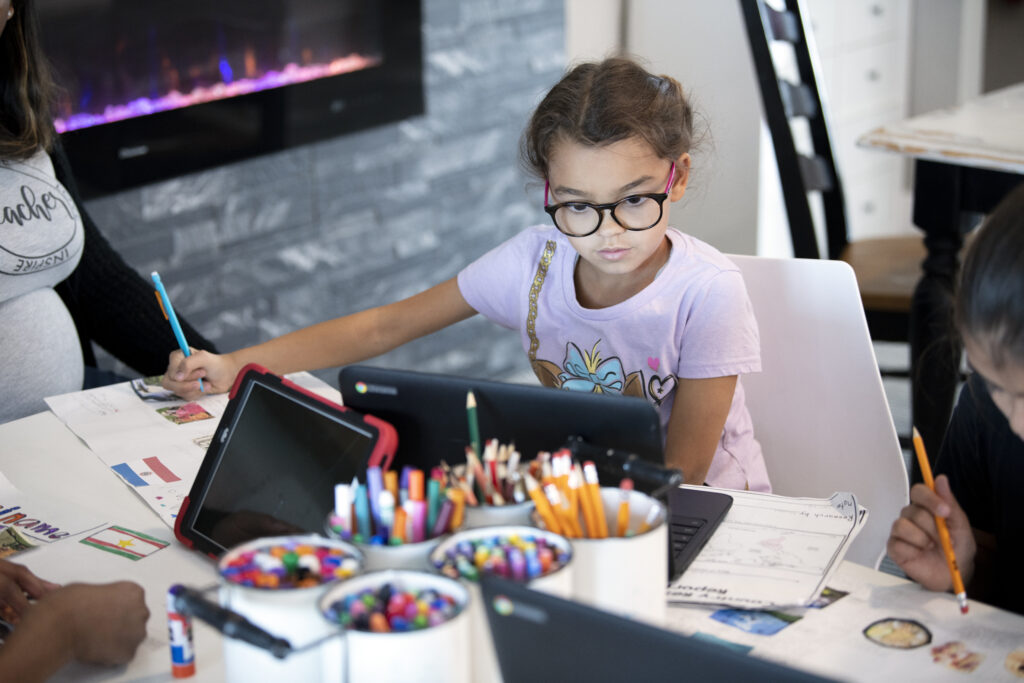
The role of choice in project-based learning
Choice is a crucial component of project-based learning. By offering students a range of project options, they can find the one that best aligns with their interests and learning styles. This not only enhances student engagement but also fosters a sense of ownership and autonomy in their learning journey.
The future of project-based learning
The future of education lies in embracing project-based learning and providing diverse learning experiences for students. By creating a culture of exploration, collaboration, and innovation, educators can unlock the full potential of every student, preparing them for success in the dynamic 21st-century world.
To learn more about project-based learning and its transformative impact on education, explore Stand Together’s K-12 education reform efforts.
Additional K-12 education resources
- Access Stand Together’s K-12 Education Landscape Report.
- Download Stand Together’s Education Research Papers.
- Access Stand Together’s Guide To The Best Education Programs.
- Watch Inspiring Back To School Videos.

